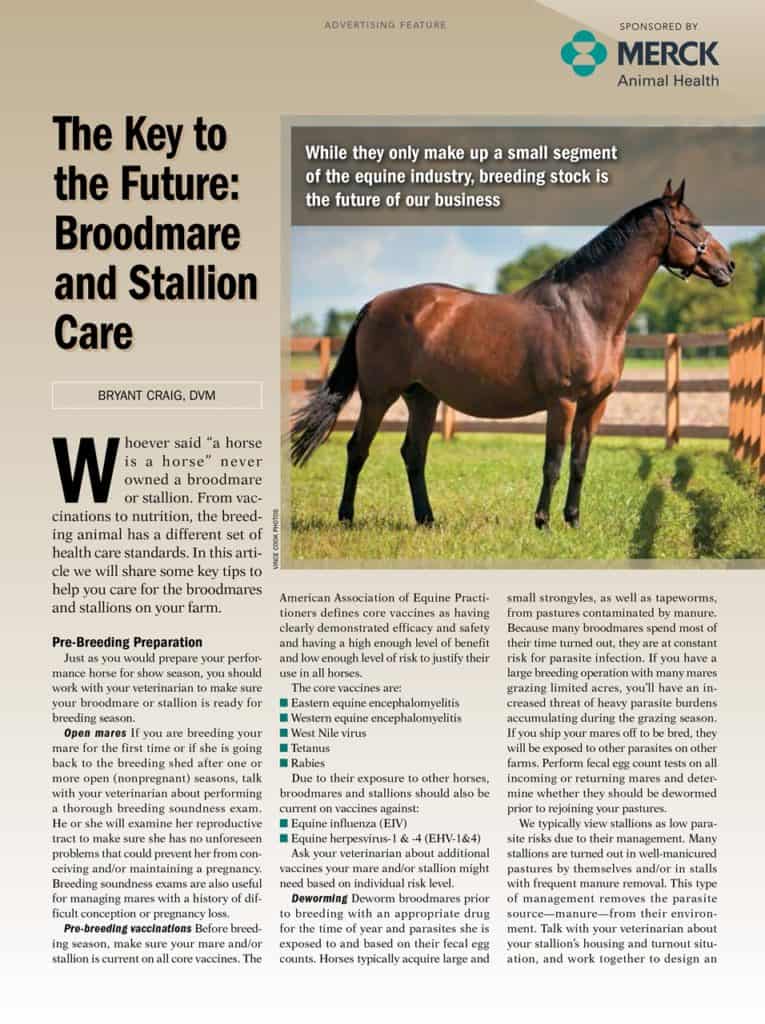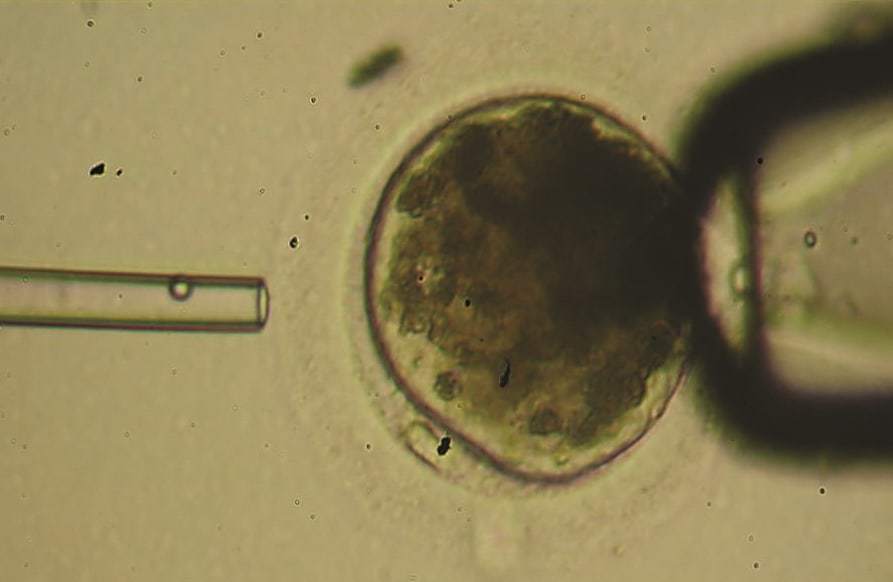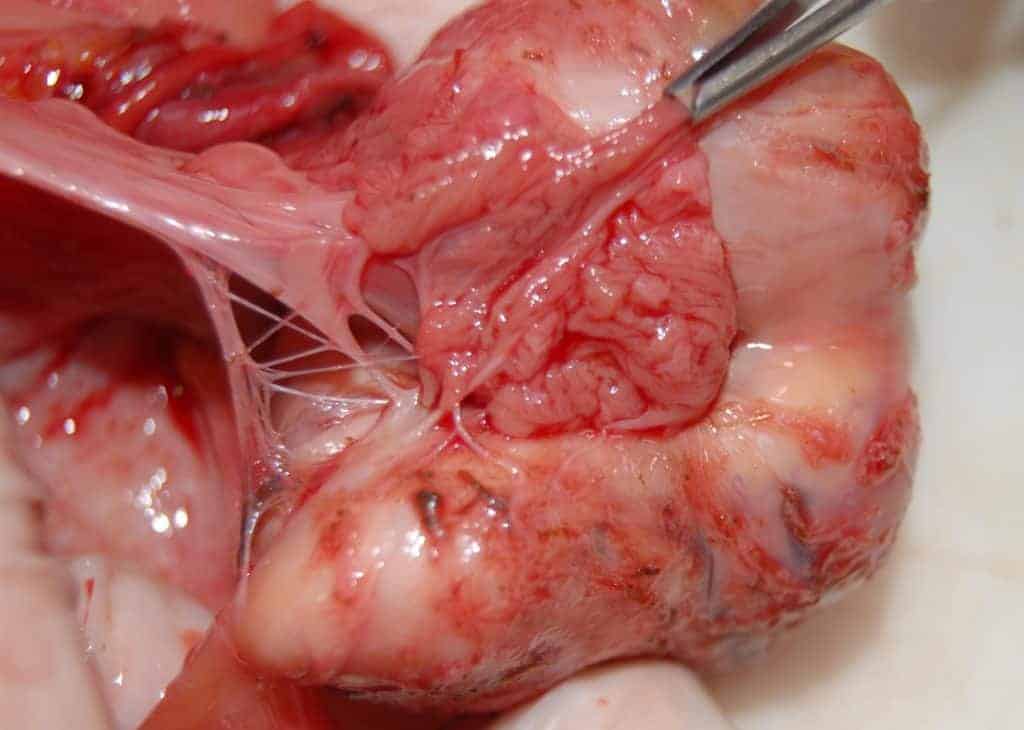
Top Equine Reproduction Studies of 2014
Studies covered biofilms, chilled and frozen semen, endometritis, placentitis, oxidative stress and fertility, and more.

Studies covered biofilms, chilled and frozen semen, endometritis, placentitis, oxidative stress and fertility, and more.

While they only make up a small segment of the equine industry, breeding stock is the future of our business.

Researchers believe that estrogens could prove to be a useful early indicator of placentitis in the future.

Researchers evaluated the effect of shipping mares’ oocytes (egg cells) on eventual fertilization rate.

A broodmare’s belly grows as her fetus matures, but any rapid or unexpected expansion is cause for concern.

Dr. Pat McCue describes the reproduction studies from the past year he deemed most important and useful.
The American Quarter Horse Foundation (AQHF) has announced their 2013-14 equine research grant recipients.

Two veterinarians describe recent equine reproduction studies they found interesting and influential.

Researchers determined that it’s the sire’s genes that take the lead in developing the mare’s placenta.

Some veterinarians now believe that metabolic diseases likely have a negative impact on equine reproduction.

Previously veterinarians had not noted significant complications with this method of estrus suppression.

Researchers are working to better understand this potentially toxic substance that can lurk in feed.

Learn how equine pain might influence reproduction ability, along with how to detect subtle signs of pain.

While oviduct-related fertility issues are rare in horses, breeders should be aware of what can go wrong.

Learn how administering prostaglandins can help breeders improve their mares’ chances of becoming pregnant.

The Society for Theriogenology’s Conference starts Aug. 7 and continues through Aug. 10 in Louisville, Ky.
Stay on top of the most recent Horse Health news with
"*" indicates required fields